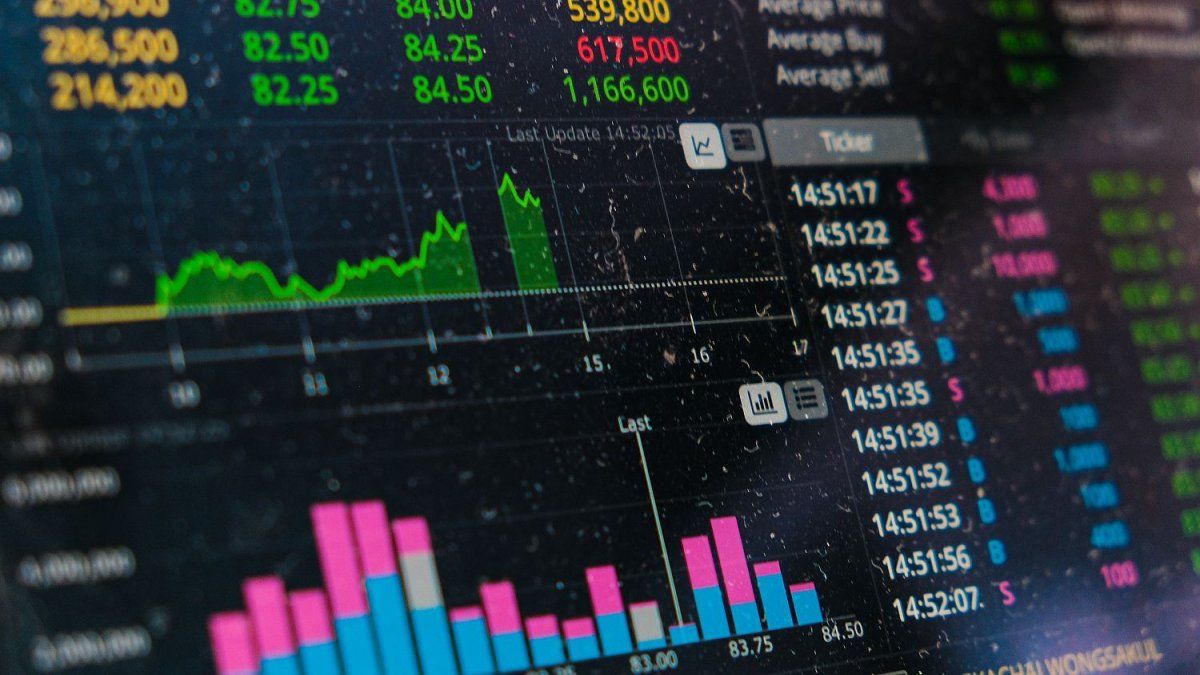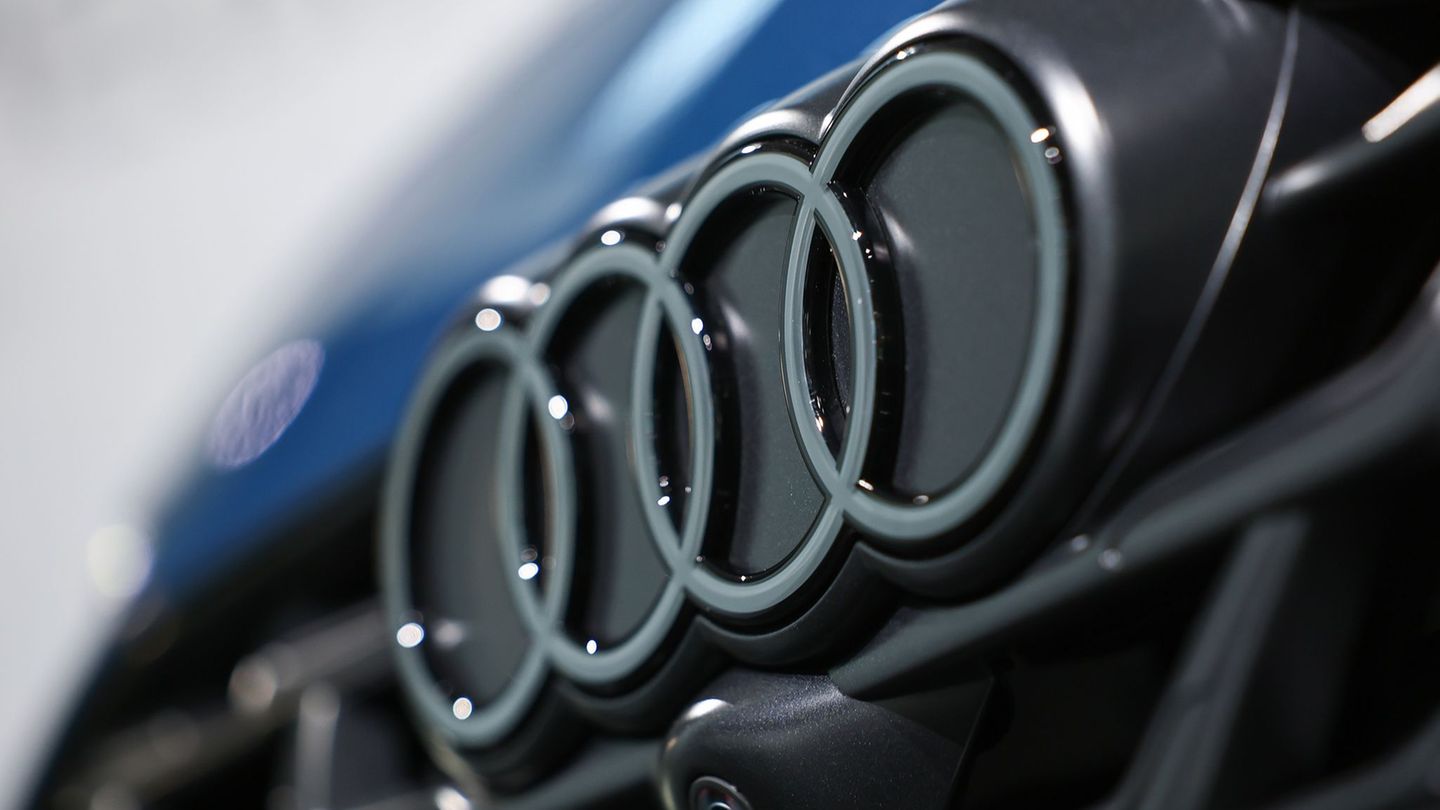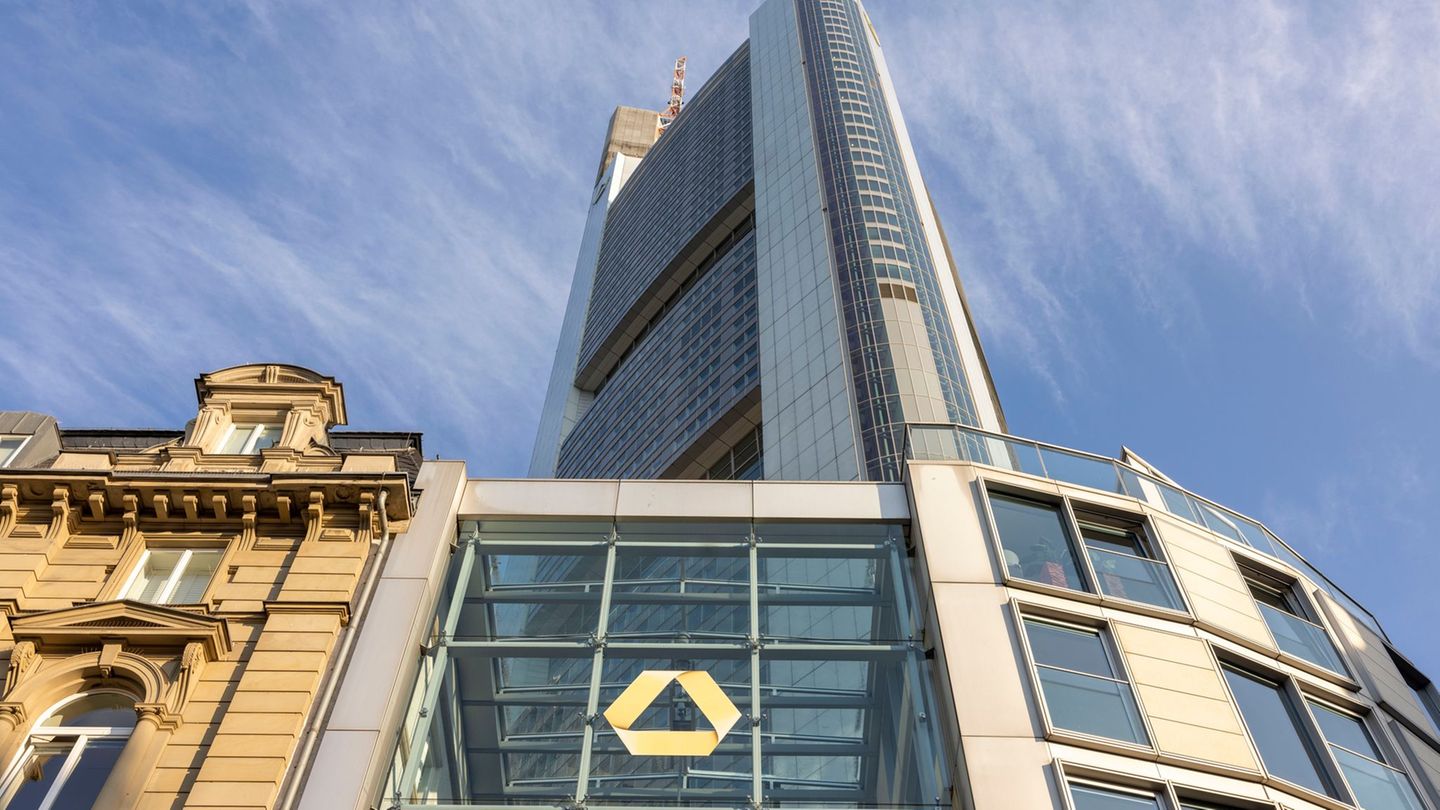There are just under 10 wheels left until the end of a year that will undoubtedly be remembered by investors. Both for those who decided to give the government the benefit of the doubt and added Argentine risk to their portfolios, and for those who hesitated to join the trade Argentina systematically waiting for better entry points in the face of a sovereign curve that did not stop grate in the second half of the year. Bonds in dollars advanced an average of 90% in dollars in the year, positioning themselves as one of the best assets globally.
In retrospect, at the beginning of Milei’s administration, back in December 2023, we wondered what would happen if Argentine debt yields converged again to levels of comparable countries. If the fiscal plan was successful and progress was made in the structural changes that the new administration proposed, the projections of returns one year from now were exorbitant. The truth is that, with Monday’s newspaper, it is easy to say, but at that time the normalization of the macroeconomy (although it still has a long way to go) was nothing more than a difficult promise.
At that time we evaluated the potential upside of Argentine bonds to approach the yields of countries with CCC+/B credit ranking with the aim of analyzing the scenario where “everything went well.” There, the expected return exceeded 100%, regardless of the instrument chosen on the curve.
Today, we see that this scenario was not so far from fully materializing. However, although the distance between Argentine sovereign rates and the comparables curve has narrowed enormously, we still see value within the sovereign curve. In fact, given the current yield spread there is still room for compression with respect to the sovereigns of other comparable countries of between 2 to 4 percentage points. If this differential is cut during 2025, an Argentine sovereign would give a profit of between 15% and 30%, with the longest instruments being those with the highest potential yield..
Now, talking about an expected return of 20/30% after this year’s incredible rally may be a little off, but the truth is that the investor must see what happened in 2024 as something atypical. Bonds can’t rise to the sky, because as they get closer to par their yield tends to align with their coupon rate.
What is the next step on the path to normalization?
One year into Milei’s presidency, the compression space is tighter, but for those investors who want to continue long Milei/long normalization Thinking that in 2025 the planets will also be aligned for the government, we might think: “what if everything turns out very good?”. This scenario would include: inflation and a contained gap, an auspicious electoral result, and a smooth exit from the stocks.
Challenging for sure, but the market could once again give the government the benefit of the doubt. In that case, we can extrapolate the best moment that the debt had in recent history thinking about 2017, when the country risk averaged 417 points.
Given the structure of the current risk-free curve (of the North American Treasury) which averages 430 basis points, we would be targeting an average IRR of 5.7% for the short tranche, and 7.5% for the longer tranche. , and this gives a potential return of between 20 and 40%.
Time to extend duration in CER or we continue with sovereigns hard dollar?
After the tremendous escalation of the debt and the strong compression of the country risk (-1,177 in the year) to 715 basis points, it is worth asking if it is time to rotate positions from sovereigns in dollars towards the long section of the CER curve.
In the last month, the curve of instruments that adjust for inflation was little in demand and real yields once again approached the double-digit zone. At these values, an inflation rate of +10% begins to sound attractive. In fact, the spread between the real rate in pesos and the sovereigns in USD is below the historical median without stocks (2016-2019), specifically today at 2.4% when we compare the performance of the DICP, CER + 9, 5% (adjustable bond for local inflation), and the GD38 with IRR 11.9% (sovereign bond in hard currency).
If we expect US inflation to be around 2-3% in the medium and long term, this entry point would leave the investor practically indifferent to this decision. However, Another very relevant factor to take into account is the expectation of real appreciation or devaluation of the peso..
In other words, We can think of this decision in the following way: if the investor thought that local inflation was going to outweigh the increase in the dollar, he would prefer to favor long instruments in CER.
But given the current levels of the real exchange rate, in a long-term view, the FX is probably at a level more similar to a floor than a ceiling, therefore, one would expect that the real exchange rate would have some upward movement in the medium and long term (without prejudice to the fact that it may appreciate somewhat more in the short term). Following this logic, the rotation towards long-term CER instruments is not so evident and overweighting dollar debt at these rate levels even makes more sense.
Source: Ambito




